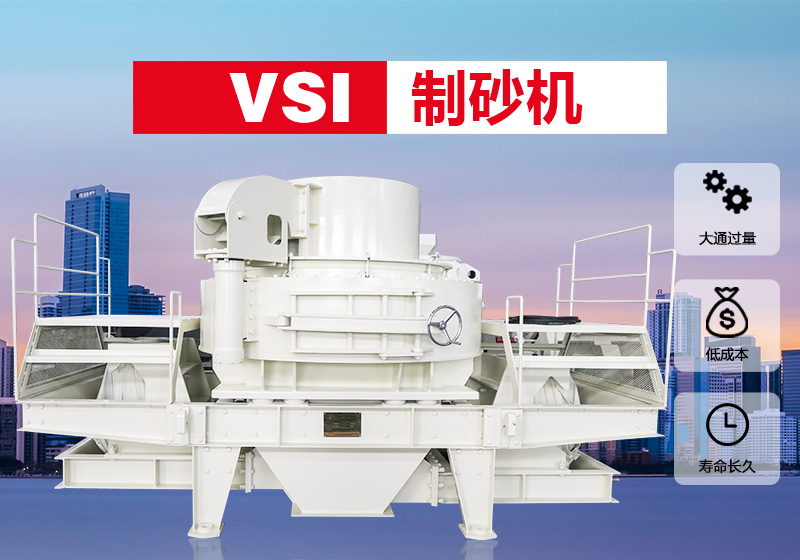1. Production demand:
First, clarify your production scale, that is, the amount of stone that needs to be processed per hour or per day. Consider the particle size requirements of the stone after crushing and whether further screening is required.

stone crusher
2. Material characteristics:
Analyze the physical properties of the stone, such as hardness, moisture, and wear resistance, and select suitable crushing methods and equipment. Consider the chemical composition and impurity content of the stone to avoid corrosion or damage to the equipment.
3. Equipment type:
Choose the appropriate equipment type according to production needs, such as jaw crusher, cone crusher, impact crusher, etc. Jaw crusher is suitable for coarse crushing, cone crusher and impact crusher are suitable for medium and fine crushing.
4. Equipment performance:
Pay attention to the performance indicators of the equipment, such as crushing efficiency, energy consumption, noise, and dust emission. Choose low-consumption and high-yield equipment to reduce production costs and reduce environmental pollution.
5. Equipment quality:
Choose equipment with big brands and quality assurance to ensure the stability and reliability of the equipment.
Pay attention to the manufacturing process and materials of the equipment to avoid equipment failures caused by inferior materials or processes.
6. After-sales service:
Choose suppliers with perfect after-sales service to ensure that problems with the equipment can be solved in time during use. Consider factors such as the equipment's maintenance cycle, maintenance cost, and spare parts supply.
7. Cost budget:
Choose suitable equipment according to your budget to avoid pursuing high-end equipment that leads to excessive costs. Consider the price, performance, quality and other factors of the equipment comprehensively, and choose equipment with high cost performance.
8. On-site inspection:
Before purchasing, conduct on-site inspections at the equipment manufacturer or supplier to understand the actual operation of the equipment, production environment, etc. You can have technical exchanges with the manufacturer or supplier to understand the technical details and advantages of the equipment.






 Leave Message
Leave Message Chat Online
Chat Online










